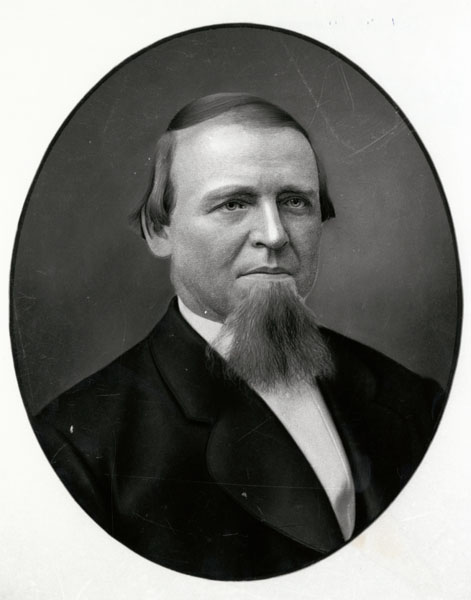
The G. Heileman Brewing Company is often remembered by historians as the vision of the two ambitious men who founded the brewery in La Crosse, Wisconsin. At the height of its popularity in 1983, Heileman’s was the fourth largest brewery in the United States. The brewery’s success was tied to the German immigrant experience in nineteenth century America.
The would-be brewers of La Crosse – Gottlieb Heileman (b. 1824), Johanna Bandel (b. 1831), and John Gund (b. 1830) – grew up separately in German-speaking territories before they immigrated to America as young adults. Once in America, each traveled westward along with millions of their fellow German immigrants who escaped the nineteenth-century political turmoil of Europe and pursued the economic opportunities available in the inexpensive, fertile land of the Midwest. Federal and local laws, as well as chain migration patterns encouraged settlements in Wisconsin during the mid-nineteenth century, quickly making Germans the largest ethnic group in the state.[1]
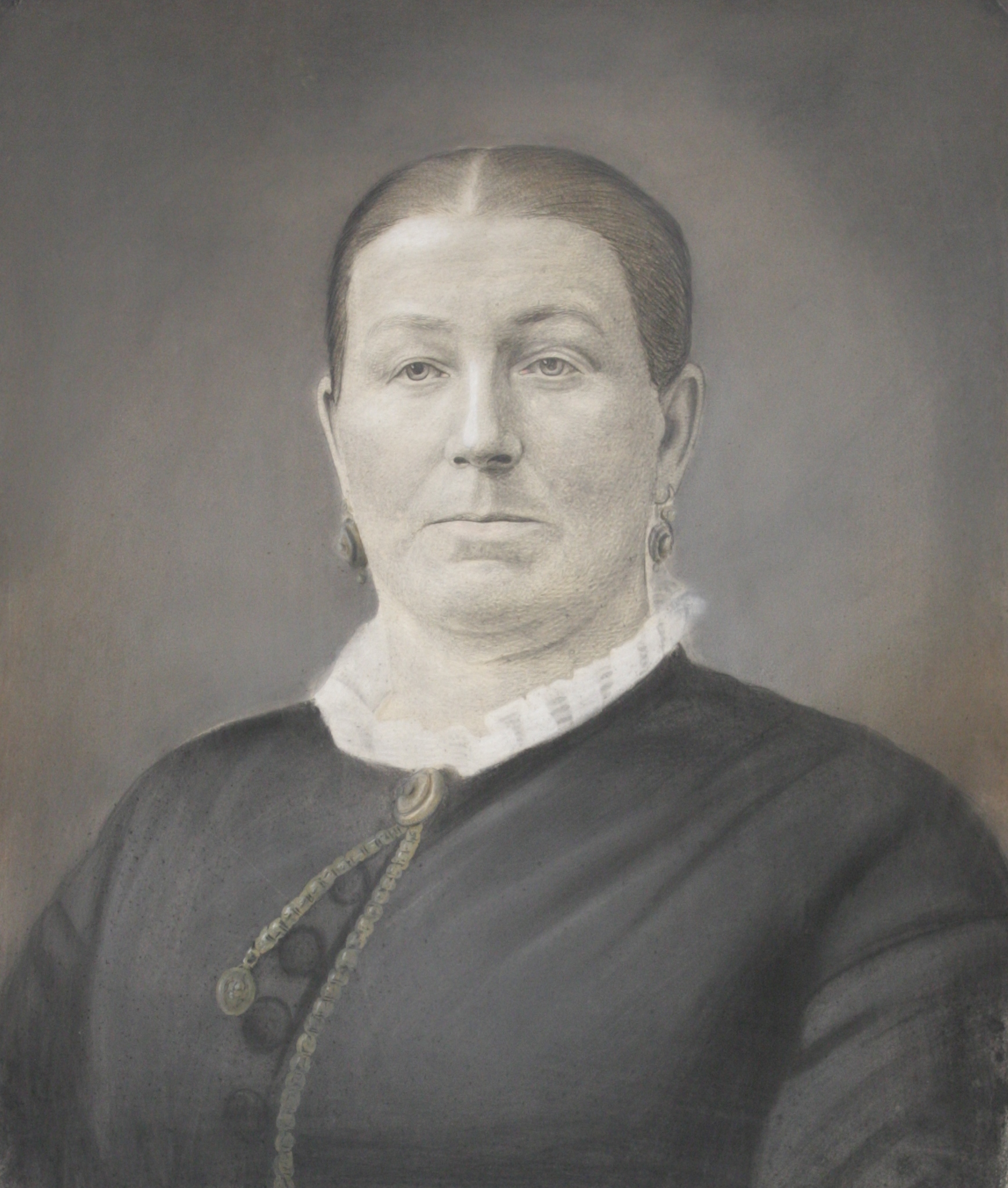
Heileman and Gund’s respective family vocations in brewing and farming shaped their eventual brewing success. Arriving in the Midwest, the two men worked various bakery and brewery-related jobs. Bandel worked as a housemaid for Milwaukee-based brewing magnate Frederick Pabst, who introduced her to Heileman. Bandel and Heileman married and settled in La Crosse in 1858 where they raised seven daughters and one son.[2]
In La Crosse, Gottlieb Heileman met fellow brewing entrepreneur Gund and together they founded City Brewery in 1858. The recently incorporated city of La Crosse provided the natural resources optimal for beer production, such as artesian well water and barley and hops farming. Their partnership dissolved in 1872, when the company branched into the John Gund Brewing Company and the G. Heileman Brewing Company.[3] When Gottlieb died in 1878, Johanna took over the brewery. Under her management, the brewery was incorporated in 1890 and Johanna was elected president, making her one of the first female chief executive officers in Wisconsin history.[4] Johanna continued to manage the brewery until her death in 1917.
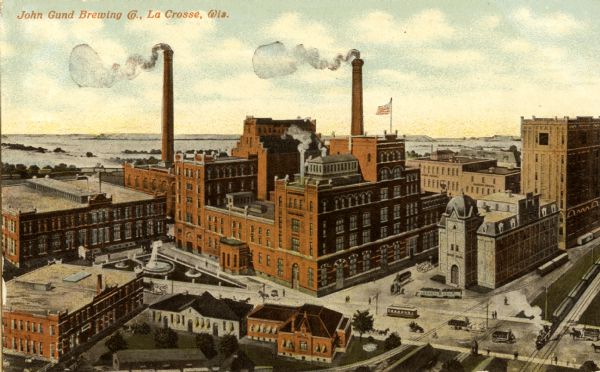
The Heilemans relied on the local community to simultaneously produce and consume the brewery’s products. Practices such as cooking for unmarried brewery employees during their lunch breaks established strong social networks that defined Heileman’s early success.[5] Johanna named her daughter Louisa’s husband, Emil Mueller, the general manager of Heileman Brewery, while her other son-in-laws and her brother-in-law Richard Wacker became major company stockholders.
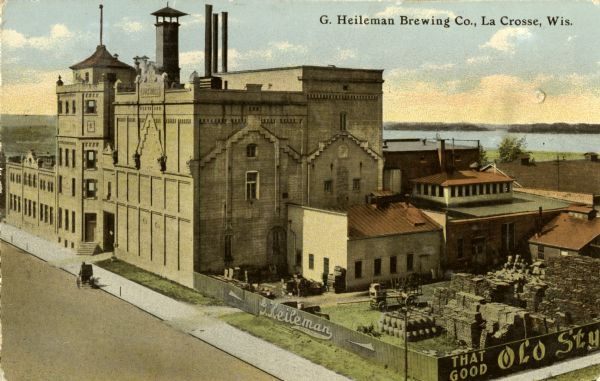
With the advent of new production technologies such as refrigeration, pasteurization, and bottling, advertising became increasingly important to the continued success of American breweries. In 1905, the Heileman Company copyrighted its popular light lager beer under the name “Old Style Lager.” The addition of this label and Mueller’s subsequent marketing tactics contributed to a remarkable period of growth for the company. During the first decade of the twentieth century, the company more than tripled their production in total barrels sold.[6]
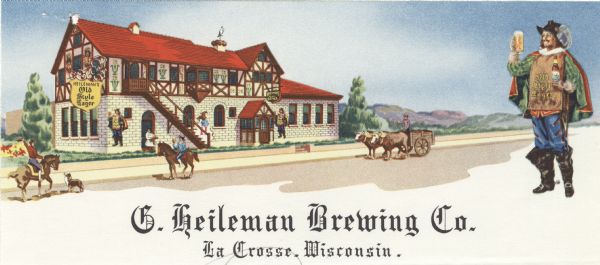
Heileman’s marketing campaigns focused on La Crosse’s German roots. Heileman advertised its products, particularly Old Style, through German language newspapers, using Teutonic themes and iconography. Over time, the overt German associations of Heileman faded into more vaguely European ones, but the origins of Heileman Company’s success remain steeped in La Crosse’s German culture and community as well as their dynamic immigrant leadership.
Written by Isabella Lisak, August 2021.
FOOTNOTES
[1] David J. Wishart, ed., “Germans,” Encyclopedia of the Great Plains, University of Nebraska – Lincoln, last modified 2011, http://plainshumanities.unl.edu/encyclopedia/doc/egp.ea.013.
[2] Immigrant Entrepreneurship Staff, “The Best of Partners – The Best of Rivals: Gottlieb Heileman, John Gund, and the Rise of the La Crosse Brewing Industry,” Immigrant Entrepreneurship, last modified August 8, 2018, http://www.immigrantentrepreneurship.org/entries/the-best-of-partners-the-best-of-rivals-gottlieb-heileman-john-gund-and-the-rise-of-the-la-crosse-brewing-industry.
[3] Susan T. Hessel and Gayda Hollnagel, A History of La Crosse, Wisconsin in the Twentieth Century: Reinventing La Crosse Again and Again (La Crosse County Historical Society, 2007).
[4] Peggy Derrick, “Johanna Heileman’s Shawl,” La Crosse Tribune, August 27, 2016, https://lchshistory.pastperfectonline.com/webobject/B86ED518-46B6-45E9-9E0D-062012524489.
[5] “Beer History of La Crosse,” Footsteps of La Crosse, accessed June 28, 2021, http://www.footstepsoflacrosse.org/tours/beer-history.
[6] Paul D. Koeller and David H. DeLano, Brewed with Style: The Story of the House of Heileman (University of Wisconsin – La Crosse Foundation, Inc., 2004).




